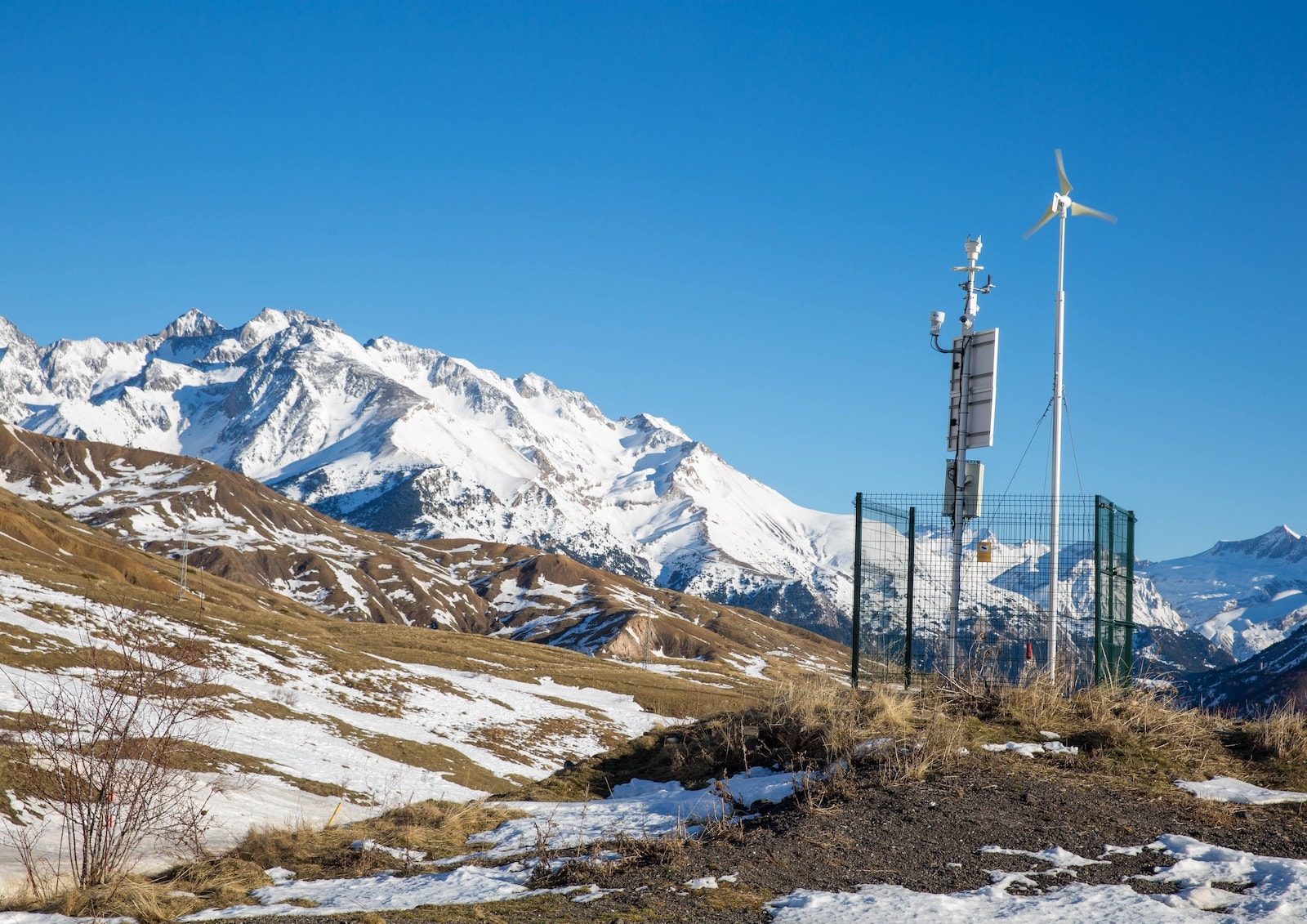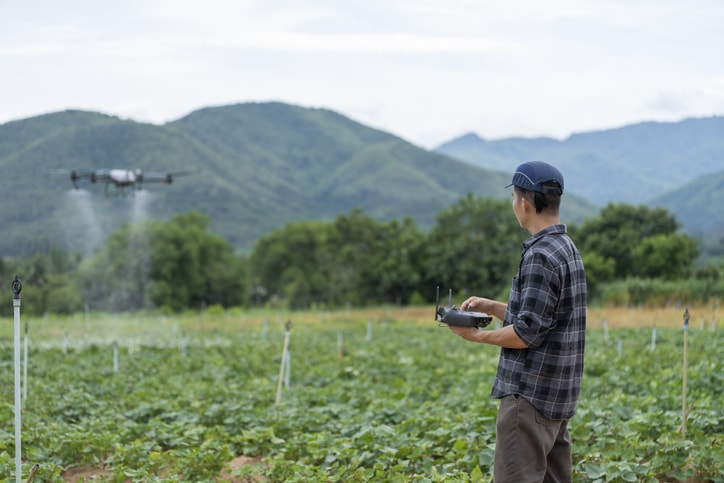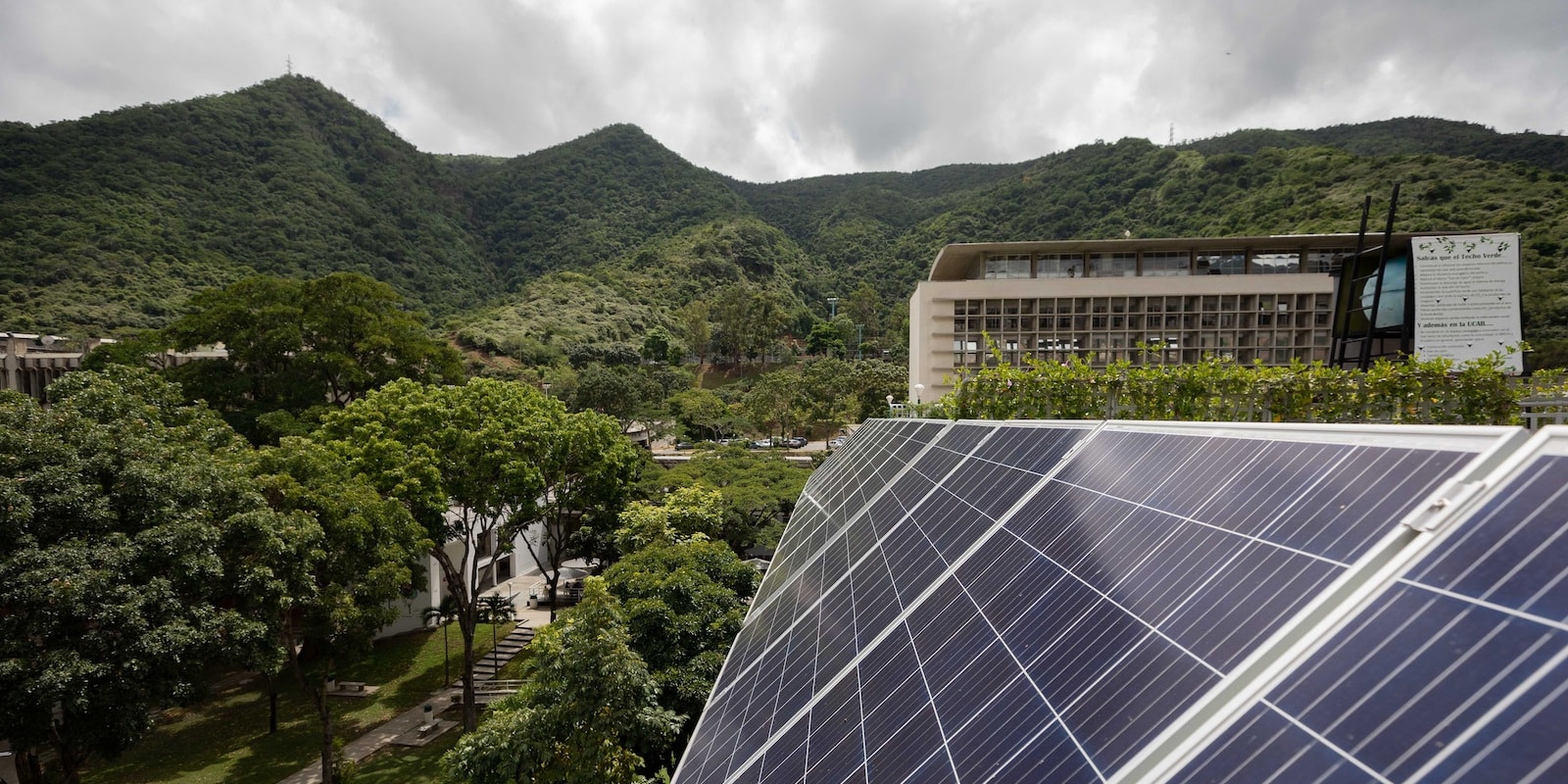Friday, June 7, 2024
They go unnoticed, but these devices collect information that helps us plan a weekend trip or simply remember to pack an umbrella in our backpack. They are also used to make important social decisions, from managing water reserves to preparing for a large snowfall
Text by José Manuel Blanco López. Photo by Javier Cebollada (EFE)
Weather measurement is not a contemporary science, it has developed over centuries. In fact, the oldest recorded data is from January 1805 at the Royal Astronomical Observatory of San Fernando (Cádiz), when a monthly precipitation of 125 liters per square meter was measured. Since then, the National Climatological Data Bank has been collecting historical series of data from Spain, motivated mainly by its interest in helping ships navigate and assisting farming operations.
In the mid-19th century, during the reign of Isabel II, data collection was regulated and new observatories were opened. The first daily weather bulletin was published on March 1, 1893, and included Spanish and European data, as well as a prediction of the so-called “likely weather.”
At that time, Spanish and European scientists were drawn to the mountains of Tenerife to record weather variables at different heights. The Canary Island's mountains appealed to them, as did its location in the middle of maritime routes and in a subtropical zone, along with the fact that it belonged to a European country, which facilitated infrastructure and communications. Thus, in 1916 Tenerife became the second of the so-called Central Meteorological Observatories (the first was in Madrid's Retiro Park).
In those years, scientists launched kites and observation balloons with instruments inside. Today, kites have fallen out of use, but not balloons, which have evolved technologically and are used in conjunction with stations like the ones described above.
From the 18th century to the present
Today, the State Meteorological Agency (AEMET) of Spain is responsible for this work in our country. To that end ,it has a network of more than 3,000 weather stations that collect basic data, such as temperatures and precipitation accumulated in 24 hours, along with other data that we don’t used as much in our daily lives, such as a record of the meteors that travel through the atmosphere. These data are centralized several times every day; to do so, they rely on the help of citizen volunteers.
The head of the Observation Area at AEMET, Samuel Buisán, explains to Planet Energy that the catalog is made up of 91 main stations, 902 automatic stations, and 2,093 stations in from the so-called secondary climate network. In addition to the more basic stations, there are other more complex ones that measure, for example, the type of clouds in the sky. Locations include key places such as Murcia and Santa Cruz de Tenerife, the Spanish Antarctic bases, mountain shelters, ski areas, and a radiosonde station on the ship Esperanza del Mar. “Prediction systems are fed by observations,” Buisán reminds us, so “the more observations there are, with greater frequency and higher quality, there will be an improvement in atmospheric models and, therefore, in prediction.”
And what does each station collect? Buisán tells us that automatic stations generally record wind, temperature, humidity, precipitation, and pressure data, “and a high percentage of them also record hours of sunshine, ground temperature, visibility, and type of precipitation.” Radiosonde stations, on the other hand, collect temperature, humidity, wind, and atmospheric pressure data at high altitudes.
In addition, AEMET has other stations that measure polluting gases such as sulfur dioxide and nitrogen monoxide. These types of records are also common in some municipalities such as Valencia or Córdoba, among others, to alert the population of the level of toxic substances in the environment.
Beyond agriculture and navigation
More than 200 years after data began to be collected to help at sea and in agriculture, new reasons to collect data have arisen that are just as important as the previous ones. Samuel Buisán notes the reasons that we may not think about as much, such as designing insurance policies, making real-time decisions (for example, to manage fires), and controlling water resources. In addition, AEMET participates in international data exchange with other bodies, “at specific times and in specific formats available to all weather services.”
AEMET is not the only agency that collects weather data and distributes it to the public. There are municipalities that have weather stations and some, taking advantage of technological advances, even distribute the information to the public for their own use. For example, the municipal weather network of the Madrid City Council provides temperature, rainfall, humidity, and solar radiation data, among others. These data are open to the general public and have been downloadable since 2019.
In addition to official data, there are networks of enthusiasts that publish their own data for the common good. One of these projects is Meteoclimatic, a network of automatic weather stations managed by non-professionals in Spain, Portugal, Andorra, southern France, and North Africa near the Strait of Gibraltar. Weather information collected by anonymous and non-profit networks of stations is the latest step in an interest in climate data that began in the 18th century and continues today in order to take care of the planet for the best possible quality of life.
¿Te ha parecido interesante?





